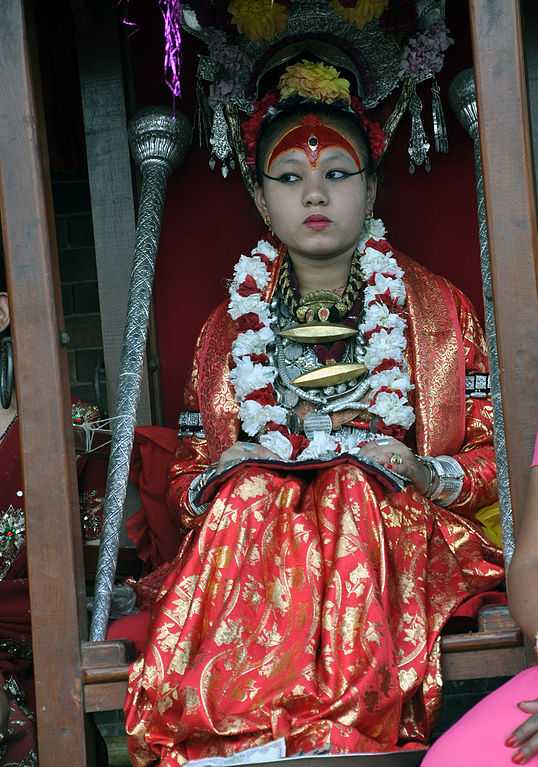Kumari Bahal
₹ 135 onwards
View Kathmandu PackagesWeather :
Tags : Landmark
Timings : 10:30 PM - 3:00 PM
Closed on Tuesday
Entry Fee : Nepalis: Free
Foreigners: NPR 1000
Ways to Experience this attraction
Kumari Bahal, Kathmandu Overview
Kumari Bahal, the palace where the Kumari lives while she is the chosen Devi, is a beautiful ancient palace. It is a three-story traditional structure made of wood and red bricks with intricately carved windows, doors, and balconies which quite resemble a Buddhist Vihara. This structure was built in the mid-1700s by Jaya Prakash Malla and also houses a stupa with symbols of Goddess Saraswati and a huge chariot that is used to take the Kumari around the city during the annual festival of Indra Jatra.
The presence of Kumari is believed to protect the community and the region. In fact, the major earthquake that hit Nepal in 2015 left only minor damage on the Bahal while the surrounding was impacted majorly. This is said to be some kind of a sign that locals believe is the grace or the power of the Kumari.
Read More on Kumari Bahal
Kumari Devi - Living Goddess of Nepal
One such Indian tradition followed is that of worshipping the Kumari Devi. This practice involves worshipping pre-pubescent girls because, according to the Hindu tradition, they are believed to be an avatar of the divine feminine energy, Goddess Taleju. It is believed that the divine powers of the Goddess are borne by the one who meets all the requirements of the system of belief. Post a stringent round of selection, the chosen Kumari then resides in a sacred palace called the Kumari Bahal and is worshipped as the Living Goddess of Nepal until she starts menstruating.

For ages, Kumaris have been selected specifically from the Bajracharya or the Shakya Castes. They belong to the Newari Community and are chosen to be the Living Goddesses in their pre-pubescent age. Throughout Nepal, there are several Kumaris, but the one most famous is the Kumari of Kathmandu. Selection of the Living Goddess is quite a tedious process, and the selected one is titled 'Royal Kumari' who lives in the Kumari Bahal which is located right in the center of Kathmandu. On a chosen day, the Royal Kumari comes out in the balcony to bless her worshippers. This goes on every year till her first menstruation, after which, it is believed, that the divine energy leaves her body. On rare occasions, severe loss of blood due to an injury or illness is also considered to be the reason for the energy to leave the body. In that case, another girl is selected to become the Living Goddess, and the tradition is kept alive.
Tips When Visiting Kumari Bahal
- The Royal Kumari appears in front of the devotees only on a chosen festival day (announced in advance) mostly between 09:00 AM and 11:00 AM.
- Photography is not allowed inside the Kumari Bahal while the Royal Kumari is present in the balcony.
- Tourists can photograph the courtyard after she heads back to her chamber.
Top Hotel Collections
Top Hotels Near Kumari Bahal
Kumari Bahal Reviews

Have a Question on Kumari Bahal?

experience.